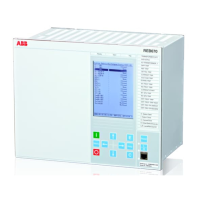Table 17: Typical solutions for H-type stations
Version of REB670 IED Number of differential
zones/number of feeders
per zone
Number of REB670 IEDs
required for the scheme
3PH; 2-zones, 4-bays BBP (A20) 1/4 1
3PH; 2-zones, 8-bays BBP (A31) 2/3 1
1Ph; 2-zones, 12-bays BBP (B20) NA NA
1Ph; 2-zones, 12-bays BBP (B21) NA NA
1Ph; 2-zones, 24-bays BBP (B31) NA NA
Please note that Table 17 is given for the preconfigured versions of REB670 which do
not contain any VT inputs.
For station with double zone protection and just one set of CTs in the bus-section bay,
it might be required, depending on the client requirements, to provide the special
scheme for disconnection of bus-section CT when the bus-section CB is open. For
more information, refer to Figure 48.
6.1.4.6 Double circuit breaker busbar arrangement
M6645-3 v5
The circuit breaker, disconnectors and instrument transformers are duplicated for every
feeder, as shown in Figure 58.
ZB
252252 252 252 252
ZA
xx06000018_ansi.vsd
152152152
152
152
ANSI06000018 V1 EN-US
Figure 58: Example of double breaker station
This is an extremely flexible solution. In normal service all breakers are closed. The
requirement for busbar protection scheme is that the scheme must have two
independent differential zones, one for each busbar. If there is an internal fault on one
of the two buses all circuit breakers associated with the faulty busbar have to be
1MRK 505 370-UUS A Section 6
Differential protection
Busbar protection REB670 2.2 ANSI 141
Application manual

